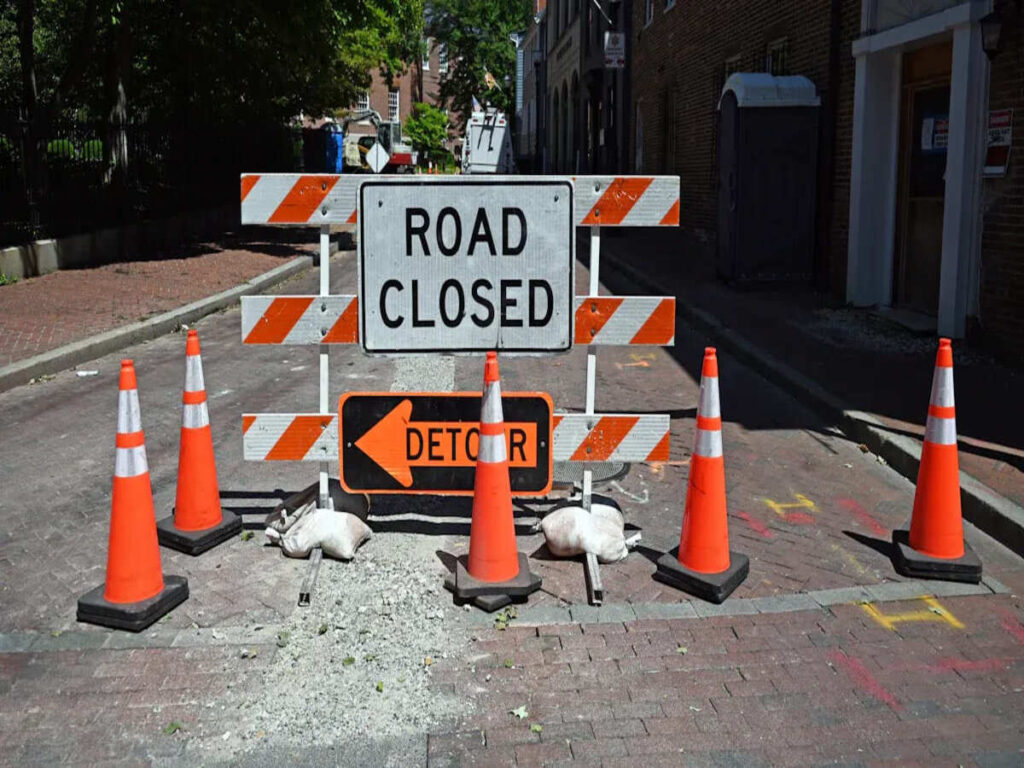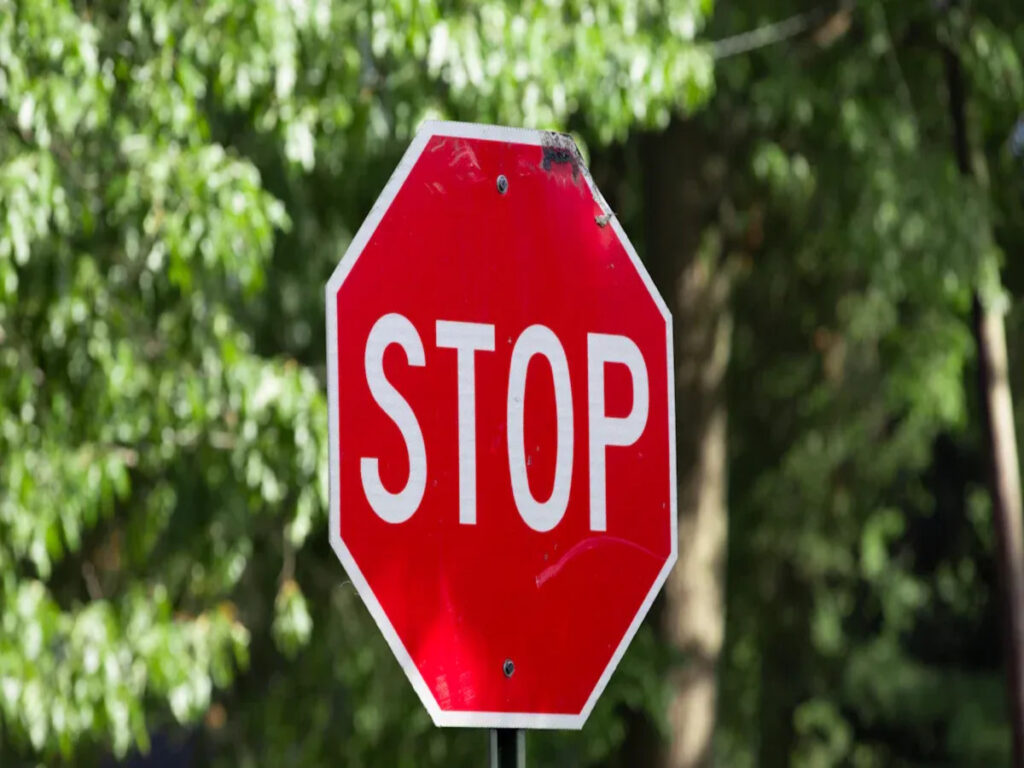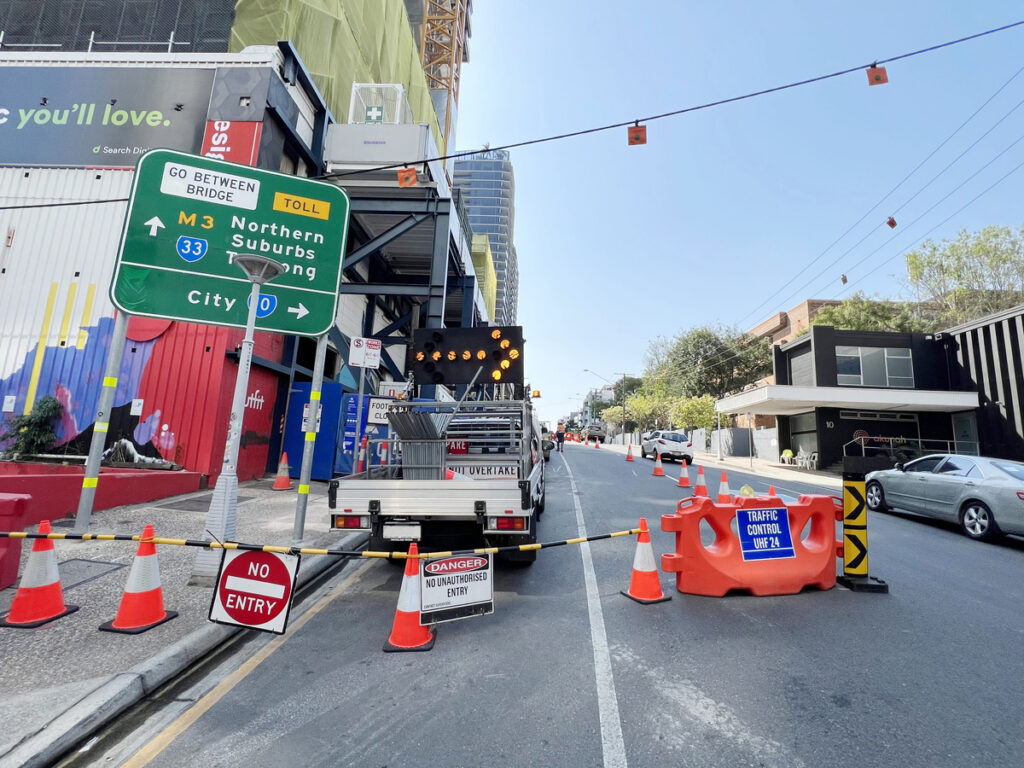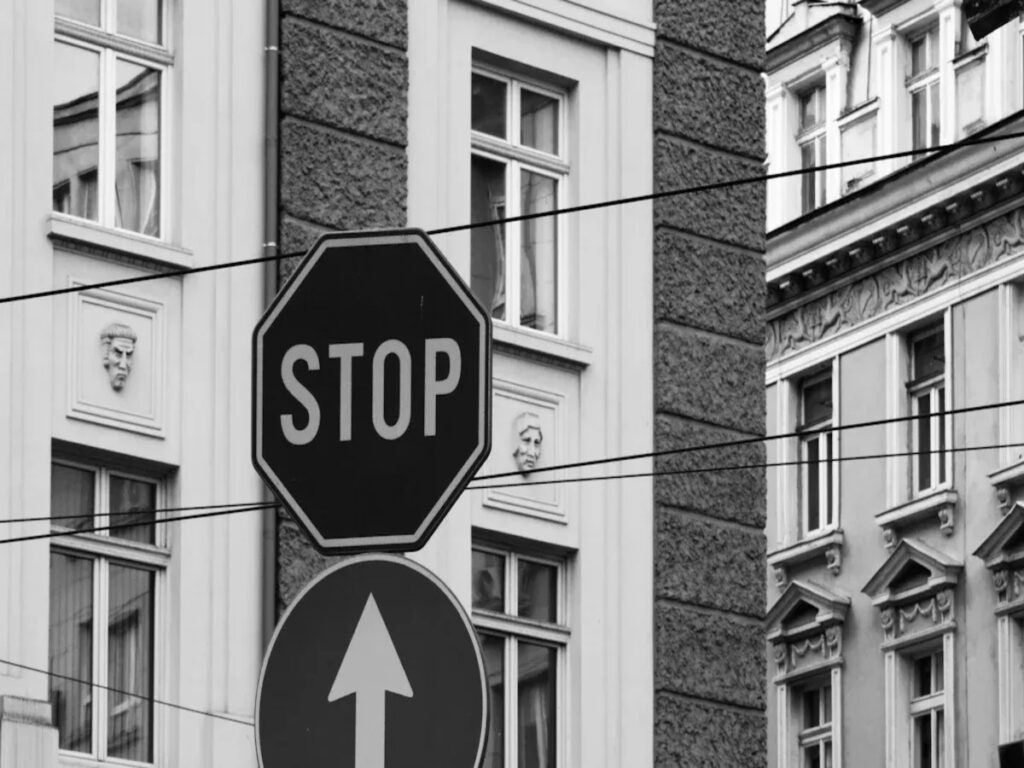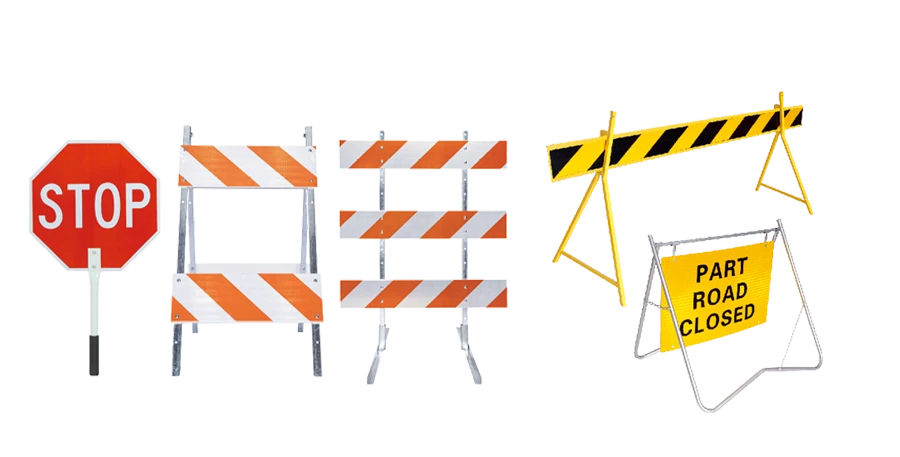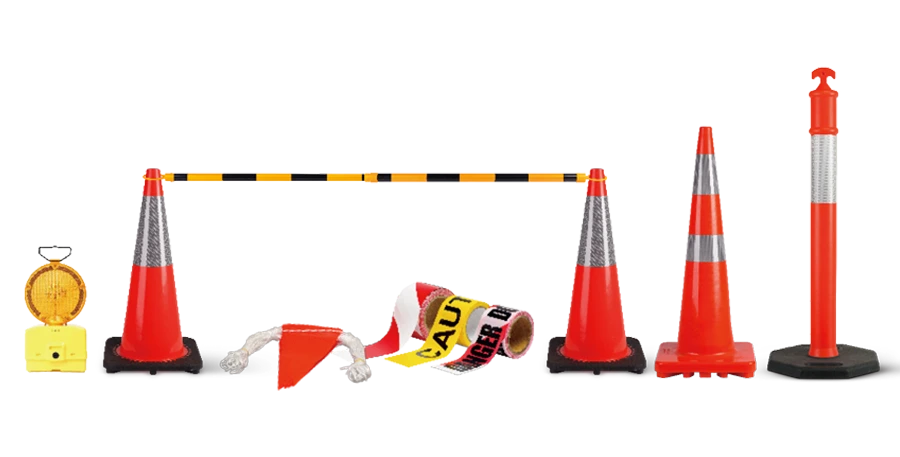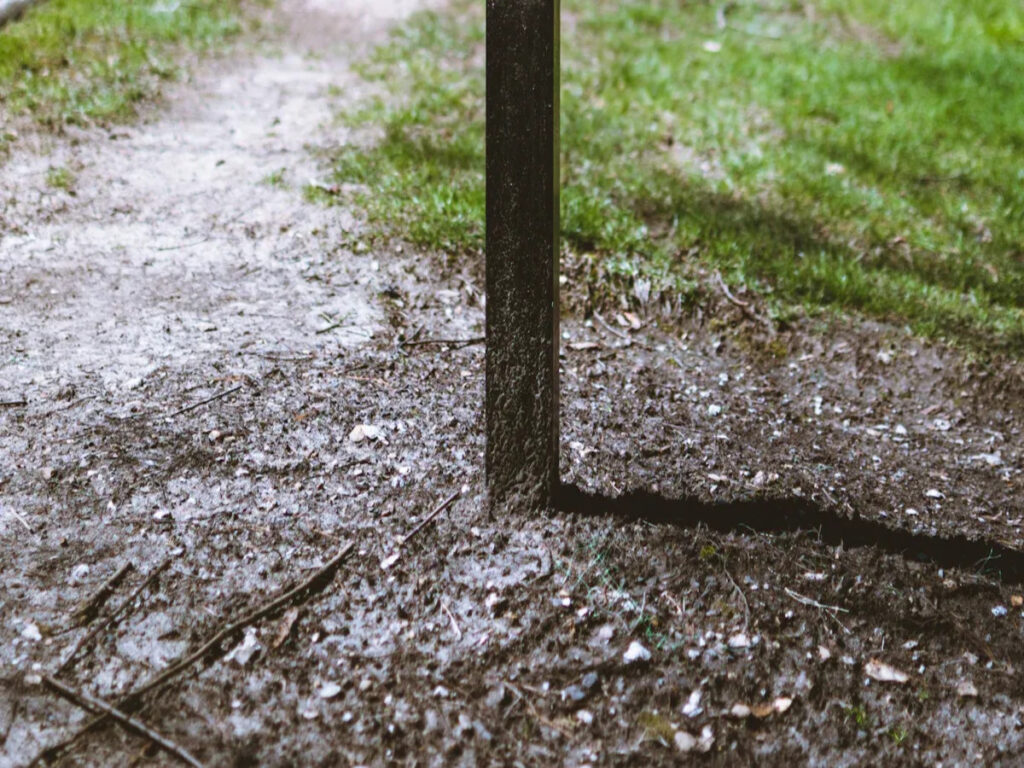
You can use smaller signs on private land in the UK. On public highways, the law requires strict compliance with official sign standards. Police can enforce these rules under the Road Traffic Act. On private land, you have flexibility because there is no legal duty to follow the same rules. Many landowners use non-standard or homemade signs, and signage often reflects company branding. Still, you should keep your sign clear and easy to read. Traffic sign sizes may be smaller, but you must make sure your signs help people stay safe.
At OPTRAFFIC, we support both public and private sector clients with sign solutions that balance flexibility and clarity. Whether you need regulation-ready signage or custom designs for private land, our traffic safety signs for sale are made to be clear, durable, and effective in keeping people informed and safe.
Legal Status
UK Road Signs and Private Land
You might wonder if you must follow the same rules for signs on private land as you do on public roads. The main set of rules for traffic signs in the UK is called the Traffic Signs Regulations and General Directions (TSRGD). These traffic sign regulations apply only to public highways. If you install signs on private land, such as in a business car park or on a school campus, you do not have to follow TSRGD by law.
However, you should know that some signs, like STOP, Give Way, or No Entry, still need to match official standards if they are visible from a public road or if they control traffic entering or leaving a public highway. If your sign could confuse drivers on the public road, you must use the correct size and design. This helps keep everyone safe and avoids legal problems.
The Department for Transport publishes the traffic signs manual, which gives guidance on how to use uk road signs. Even though you have more freedom on private land, you should still use signs that look familiar to drivers. This makes your site safer and helps people understand the rules. Many private landowners choose to follow the look and feel of uk road signs, even if they use smaller sizes. This approach supports good safety standards and helps with insurance claims if something goes wrong.
You should also know about the British Standard BS EN 12899-1:2007. This standard covers permanent traffic signs and is often used as a reference for both public and private sites. If you want your signage to meet high safety standards, you can ask your supplier to follow this standard.
Planning Permission
When you plan to put up signs on private land, you need to think about planning permission. Not every sign needs permission, but some do. If your sign is bigger than 0.3 square metres or if it is illuminated, you must get advertisement consent from your local council. You also need permission if your sign is in a sensitive area, such as near a listed building or in a conservation zone.
If you want to install signs near a public road or highway, you may need planning permission, especially if the sign is large or could distract drivers. Local planning authorities can give you advice about what is allowed. You should always check with them before you put up new signage. This helps you avoid breaking any regulations or legislation.
You must also get permission from the landowner before you install any sign. If you plan to put up a sign at the entrance to your premises, you usually do not need special consent if the sign is not illuminated and is within size limits. However, if you want to put up a directional sign on a public road, you always need express consent from the council.
Some areas have special rules, such as Article 4 Declarations, which remove automatic rights to put up signs. In these places, you must apply for formal permission for any signage. Following these steps helps you stay within the law and keeps your site safe for everyone.
Tip: Always check the latest traffic signs manual and local council guidelines before installing new signs. This ensures your signage on private land meets all current regulations and safety standards.
Traffic Sign Sizes
Size Flexibility on Private Land
You have more freedom to choose traffic sign sizes on private land than on public roads. The law does not force you to use standard sizes for most signs in these areas. You can pick a size that fits your site and your needs. Many people use smaller signs because they look neater and cost less. Smaller signs also work well in places where vehicles move slowly, such as car parks, warehouses, or private estates.
Here are some typical traffic sign sizes you might see on private land:
| Type of Sign | Common Size (mm) | Best Use Case |
|---|---|---|
| Warning Triangle | 300, 400, 450 | Speed bumps, hazards |
| Circular Speed Limit | 300, 400, 450 | 5 mph, 10 mph zones |
| Rectangular Sign | 300×400, 400×600 | Direction, information |
You should always match the size of your sign to the location. A sign at a busy entrance needs to be bigger than one in a quiet corner. If you use a sign that is too small, drivers may not see it in time. This can put safety at risk.
Tip: Choose a sign size that drivers can spot easily from a safe distance. Think about how fast vehicles move and how much space you have.
Recognisability and Compliance
You want your signs to look familiar to everyone who uses your site. If you use traffic sign sizes that are too small or shapes that are not standard, people may not understand the message. This can cause confusion and accidents. You should keep your signs clear and easy to read. Use the same colours, shapes, and symbols as official UK road signs.
Legibility matters as much as size. The x-height is the height of the main letters or numbers on your sign. Bigger x-heights make words easier to read from far away. For most private sites, an x-height of 35 mm to 50 mm works well. If your sign is hard to read, it may not count as a warning in case of an accident.
If you use very small or non-standard signs, you may face problems with insurance or legal claims. Insurers often expect you to use signs that are “reasonably compliant” with UK standards. If someone gets hurt and your sign was too small to see, you could be held responsible.
Note: Mark your signs as “Private Use Only – Non-TSRGD Compliant” if they do not follow highway rules. This helps avoid confusion for drivers who expect standard signs.
You should always think about safety first. Good signage helps people find their way and avoid danger. When you pick the right traffic sign sizes, you make your site safer for everyone.
Size Requirements of Car Park Signs
Car Park Signs and Standards
You need to follow clear rules when you install car park signs. The British Parking Association Code sets out the size requirements of car park signs. If you display terms and conditions, your sign must be at least 450 mm by 450 mm. This size helps drivers read the information easily, even from a distance. You should always check the location of car park signs. If your sign is near a public road, local authorities may ask you to get planning permission. Some councils have extra regulations for signs that face the street or sit close to the highway.
The location of car park signs matters for safety and compliance. You want drivers to see important car park signs as they enter or move around your site. Car park safety signs help prevent accidents and guide people safely. If you manage private car parks, you can choose smaller signs for internal use, but you must keep them clear and easy to read.
British Parking Association Code
The British Parking Association Code gives you a simple rule for car park signs. Any sign that explains rules, charges, or terms must meet the minimum size. This rule supports car park safety signs and helps you avoid confusion. You should also think about the location of car park signs. Signs at the entrance need to be bigger than those inside the car park.
Here are some common sizes for different types of car park signs:
| Sign Type | Common Sizes (mm) |
|---|---|
| Entry/Terms & Conditions | 450 x 450 |
| Warning/No Entry | 300 x 100, 400 x 600, 600 x 200 |
| Internal Direction | 300 x 100, 400 x 600 |
You should use these sizes as a guide. Always match the sign size to the location and the message. Good car park signs make your site safer and help you meet all regulations.
Tip: Place your traffic signs where drivers can see them clearly. Check that nothing blocks the view, such as trees or parked vehicles.
Practical Considerations
Visibility and Safety
You must always put safety first when you install signs on private land. Good visibility helps drivers and pedestrians spot signs quickly. If people cannot see your traffic signs, they may miss important warnings or instructions. This can lead to accidents and confusion. You should use clear, bold symbols that everyone recognises. Keep your messages short and easy to read.
To improve safety, follow these best practices:
- Use durable, reflective materials so your signs stay bright in all weather.
- Place signs at the right height and angle for drivers and pedestrians.
- Make sure nothing blocks the view, such as trees or parked vehicles.
- Choose sign sizes that match the speed and volume of traffic.
- Inspect your signs every few months and replace any that fade or get damaged.
- Clean your signs often to keep them easy to see.
- Use lighting or reflective sheeting for areas with low light.
You should also think about where people look for signs. Place signage at busy entrances, exits, and crossings. Test different spots to see which works best. When you use smaller signs, make sure they are still easy to spot and read. Good signage keeps everyone safe and helps your site run smoothly.
Insurance and Liability
Insurance companies expect you to use signs that meet reasonable standards. If your signs are too small or hard to read, you may face problems with liability after an accident. Clear, well-placed signs show that you care about safety. They also help protect you if someone makes a claim.
If you use non-standard signs, mark them as “Private Use Only – Non-TSRGD Compliant”. This helps avoid confusion with official road signs. Regular checks and good records of your signage can support your case if there is ever a dispute. By following these steps, you lower your risk and show that you take safety and liability seriously.
Best Practices
Choosing the Right Size
When you select car park signs for private land, you should follow national standards for design, colour, and shape. The Traffic Signs Manual explains that using familiar shapes and colours helps everyone recognise signs quickly. For example, warning signs use a red border and a triangle shape, while information signs are blue. This standardisation makes your site safer and easier to understand.
You should match the size of your signs to the location and the speed limits in your area. Larger car park signs work best at busy entrances or where vehicles move faster. Smaller signs suit quiet areas or internal zones. Always make sure your signs are easy to see and read from a distance. If you use car park signs for speed limits or directions, keep the text large and clear. This helps drivers react in time and reduces confusion.
Tip: Place your signs at the right height and angle. After installation, check visibility from a driver’s seat to avoid mistakes.
Marking and Materials
Choosing the right traffic sign materials for your car park signs is important for durability and safety. Diamond grade reflective sheeting lasts up to 12 years and stays bright in all weather. It costs more at first but saves money over time because you replace signs less often. Lower-grade sheeting costs less but needs more maintenance and does not last as long.
| Feature | Diamond Grade Sheeting | Lower-Grade Sheeting |
|---|---|---|
| Initial Cost | Higher | Lower |
| Lifespan | 10-12 years | 5-7 years |
| Maintenance Needed | Minimal | More frequent |
| Long-Term Savings | Greater | Less |
You should use seamless welding for sign posts and brackets. This method keeps water and dirt out, making your signs last longer. When you order car park signs, consider bundling common types like 5 mph speed limits, forklifts, and no parking signs. This approach saves time and ensures you have all the signs you need for your site.
Note: Regularly check your signs for damage or fading. Replace any sign that is hard to read to keep your car park safe and compliant.
You can pick different sign sizes on private land. But safety is the most important thing. Your signs should be easy to see and simple to read. Check and clean your signs often to keep them safe. Use reflective materials so traffic signs are bright at night. Follow tips from the Traffic Signs Manual to stop accidents. If you are not sure, use UK road sign standards to keep everyone safe.
For a full breakdown of traffic sign size guidelines and how to apply them in different settings, read our blog: A Complete Guide to UK Traffic Sign Sizes for Buyers and Contractors.
FAQ
Can you use homemade signs on private land?
Yes, you can use homemade signs on your private land. Make sure your signs are clear and easy to read. Use familiar shapes and colours to help people understand the message.
Do you need planning permission for small signs?
You usually do not need planning permission for small signs on private land. If your sign is large, illuminated, or near a public road, check with your local council first.
What happens if your sign is too small to read?
If your sign is too small, people may not see it. This can cause confusion or accidents. Insurance companies may not cover you if your signs do not meet reasonable standards.
Should you use reflective materials for private signs?
Reflective materials help people see your signs at night or in bad weather. Using reflective signs improves safety for everyone on your site.
Can you use different symbols or colours on private signs?
You can use different symbols or colours, but this may confuse people. Stick to standard UK road sign designs for the best results. This helps everyone understand your signs quickly.

